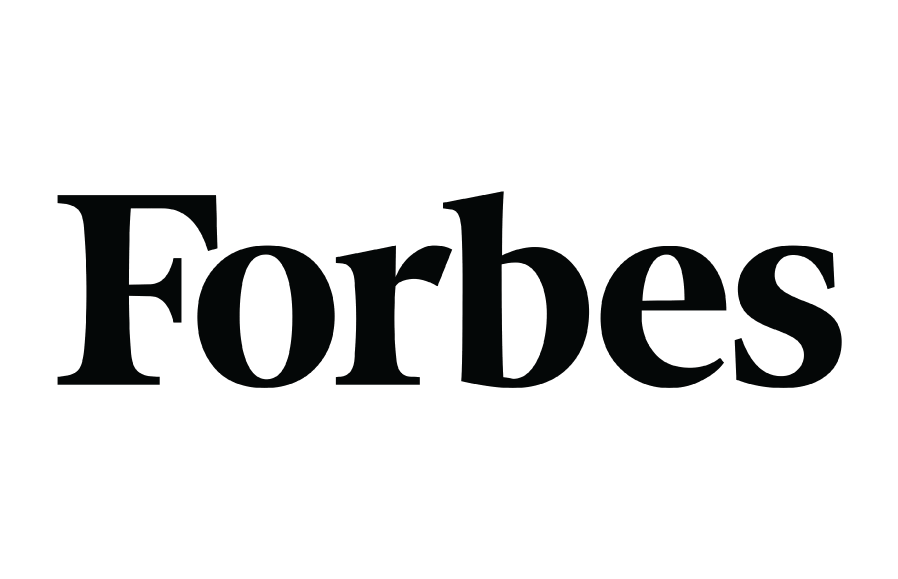With 2020 already two months behind us, the middle market sits at an interesting crossroads regarding its immediate future, particularly given all the uncertainty surrounding the impact of the coronavirus. Citing a recent LBMC Middle Market Business Executive Survey, conducted prior to concerns about the coronavirus, the Nashville Business Journal (NBJ) points to an uncertain future for middle market business in 2020 and beyond, referencing an “upcoming slow down” among other broad market predictions.
That said, the survey, which was comprised of input from 750 polled middle market executives, also projected periods of growth in this same timeframe. NBJ points to numerous focal points middle market companies should embrace to capitalize on this growth and enhance their respective operations. I recently touched on several of these points in a previous blog. Here now are a few more ways to adopt new middle market trends, embrace key ideological shifts, and ultimately fine-tune your company for a potentially nebulous future, something you need to do irrespective of your concerns about the coronavirus.
Finding and retaining top talent
A timelessly important variable, talent acquisition and management remains at the top of many middle market goal lists in 2020. Your business’s value hinges on quality talent, and courting such workers is dependent on variables ranging from workplace culture and diversity to key changes in technology. Making these changes will be imperative throughout the year, as 2020 is already being identified by some as “the year of talent” in terms of middle market staffing.
In 2020, middle market companies must continue to follow a spectrum of talent acquisition and retention strategies — many of them time-tested. Among these factors is increased compensation, which, despite being lower in popularity and frequency from 2019 reports, remains a consistently relevant retention approach for many businesses. Conversely, employee training and workplace flexibility have skyrocketed in popularity, with many workplaces dedicating increased time to new, creative training opportunities and flexible options like remote working. To help achieve long-term growth in 2020 and beyond, middle market businesses must accept these changes as new norms for the workplace of the future.
Tracking and preparing for M&A-related changes
As many middle market commentators will attest, mergers and acquisitions (M&A) embody much of the collective market’s uncertain, but inherently optimistic future. Many industry leaders forecast a nebulous 2020 for M&A activity, pointing to factors like the impact of the coronavirus and the 2020 presidential election as historically significant influences on market growth (in this case, past elections have proven to cause “immense disruption,” as the market is not keen on the uncertainty they can create, and this has led current projections in a cautious direction — at least for now).
However, like the market at large, M&A is also equally poised for healthy disruption and subsequent advancement thanks to factors like “digital transformation, activist activity, availability of capital, and low interest rates –” all of which are expected to drive growth for business services, healthcare, and technology (among other sectors).




